One September day the 16-year-old Tessie Reynolds got on her bike. In a homemade suit, she pedalled from London to Brighton and back, in eight and a half hours. It was 1893.
The intrepid velocipedienne made the 190km journey in record time in an age of masculine heroics. But it was not her derring-do that scandalised the press into conniptions but her clothes: she was in short trousers. This was an era when women were shunned for egregious displays of ankle, meaning that Tessie’s dress was both revolutionary and overtly political. Behind the public tutting, her ‘rationals’ ignited women’s imaginations, showing a new way of moving and being in the world. She was inundated with pattern requests.
Cycling fever peaked in the 1890s. Though it was comparatively easy to do in men’s clothing, womenswear limited and endangered riders. Dress reformers sought rational clothing with the freedom to move in. Others pondered how they might satisfy their cycling urges without the grief that comes from looking like a cyclist. My collection of tweed breeches addresses the same dilemma — it’s the only sensible option for someone who’d rather cycle nude than submit to the horrors of Lycra.
Whether for dress reformer or proper lady cyclist, the bicycle was the nonpareil vehicle of women’s lib, though women are notably absent from much of cycling’s history. Kat Jungnickel’s exploration of radical feminist invention and making captures what the history books missed. Women weren’t bystanders, they were creators. They used the means they had available, the imagination and the needle, to explore their nascent independence, engineering and patenting their way into modernity through transformational cyclewear. Creating clothing that quickly converted from ‘practical’ to ‘proper’, they gave women the flexibility to move in public spaces on their own terms.
Set against the Victorian milieu, women’s journeys towards independence were as extraordinary as the garments they invented. Their clothes were dictated by strict social codes. Their health was pathologised. Their bodies were seen as feeble, suited only to gentle pastimes and meant for childbearing. But they got on their bikes anyway. Today, feminism is abstract and intangible; then, it was the wind on your face as you tore downhill.
For women used to shuffling slowly in corsets and crinolines, the speed, the freedom and the shared joy of movement and exploration were intoxicating. Women on bikes were a synecdoche for the reviled ‘New Woman’. They were masculinised and ridiculed in the visual culture, but it wasn’t enough to dampen the love of a good bicycle. Emboldened by one new technology, they embraced another to tell their stories, using cycling portraits to make themselves seen. Alone, astride their wheels, they confidently eyed the camera. Their defiant proto-selfies captured their new skills and independence, affirming their place in a rapidly changing world.
Jungnickel’s unconventional exploration of their lives, their dreams and their creativity through patents carves desire lines through popular Victorian histories, bringing women to the fore. She introduces us to a more deviant, more impish and more capable woman than previously seen. The book’s ethos — ‘making to make sense of things’ — offers a refreshingly accessible route to research. As we weave through matter-of-fact social history, politics, inventor biographies and finally to garment-making, the prose is crisp and lean. The voice is remarkably human for a text rooted in academia.
The five patents examined show the remarkable ingenuity and diversity in women’s approaches to the dress problem. From the highly mechanised pulley system of a clockmaker’s daughter and the skirt that becomes a cape, to the editor’s secret knickerbocker suit, there’s delight in learning how women engineered and embodied their freedom. Strolling through town with illicit bloomers beneath your skirt must have been electrifying — doubly so when they were a product of your own ingenuity.
The precise technical drawings that accompany each patent became the blueprint for Jungnickel’s team of researchers. It’s only through the making, wearing and ‘interviewing’ of the convertible garments that we come to appreciate them and their makers. We discover how visible pockets offered a sartorial middle finger to social norms. We learn about women’s desire to move between identities; the need to control how and when they were cyclists; and when it would be safer to tug a cord and be a lady.
Some inventions were remarkably simple, others bafflingly complex, yet all shared a common goal: to pass on the possibility of cycling to other women. The patents were an emancipatory act of sisterhood, capturing the radical new ways they dared to see themselves.
At its heart, this is a story of imagination and the freedoms we take for granted: what we wear, where we go and how we get there. It’s about the strictures of gender, and the social and historical cost of resisting them. Brimming with hope, it shows us how we might refashion our realities with imagination and grit.
Bikes and Bloomers reminds us that the most remarkable of lives might be hidden in plain sight, prompting a meditation on what we choose to write down and remember, and what we lose to that process. There’s more to learn of the Victorians, and of women. Vibrant new stories await us behind the heroics of men.
Got something to add? Join the discussion and comment below.
Get 10 issues for just $10
Subscribe to The Spectator Australia today for the next 10 magazine issues, plus full online access, for just $10.
You might disagree with half of it, but you’ll enjoy reading all of it. Try your first month for free, then just $2 a week for the remainder of your first year.

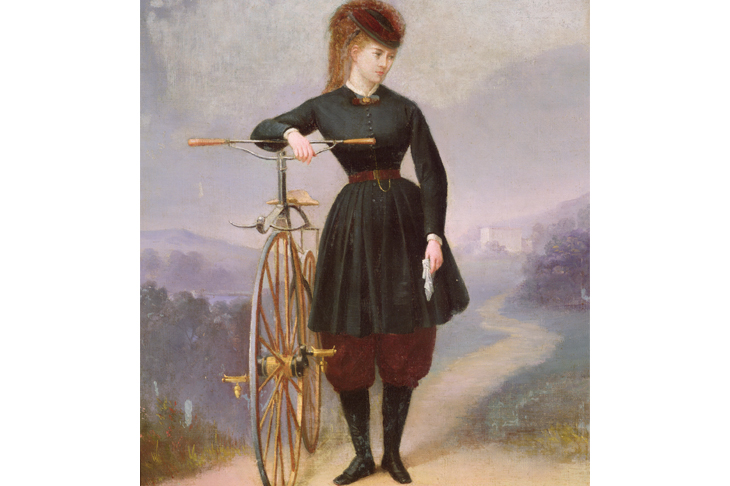
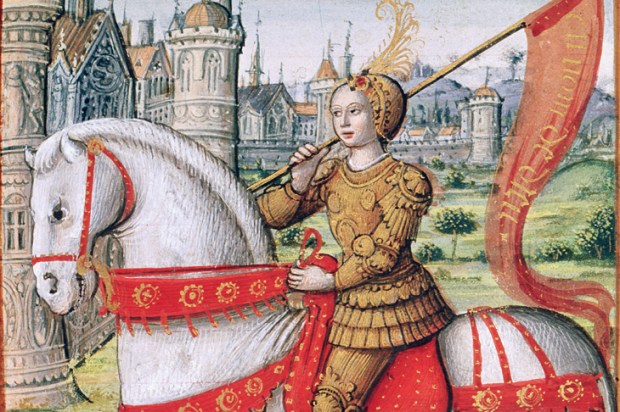
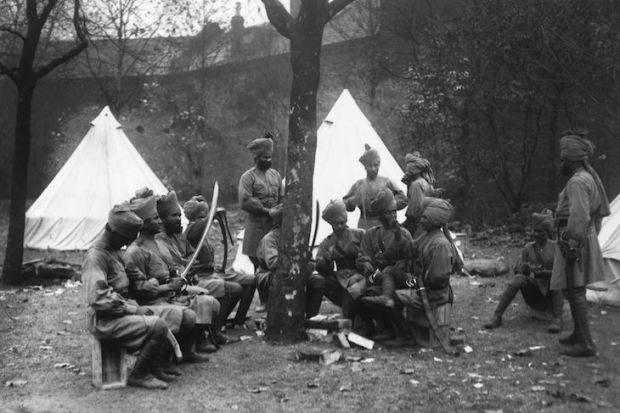
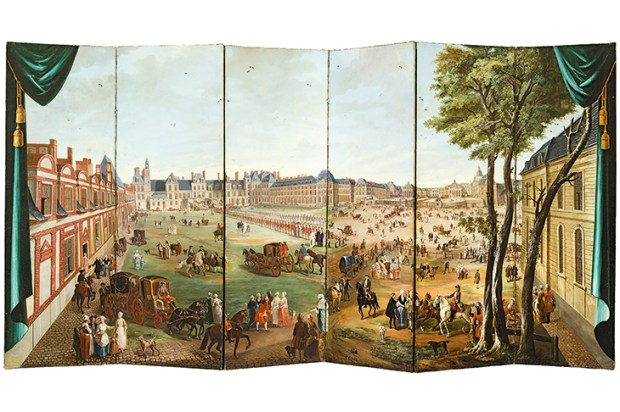
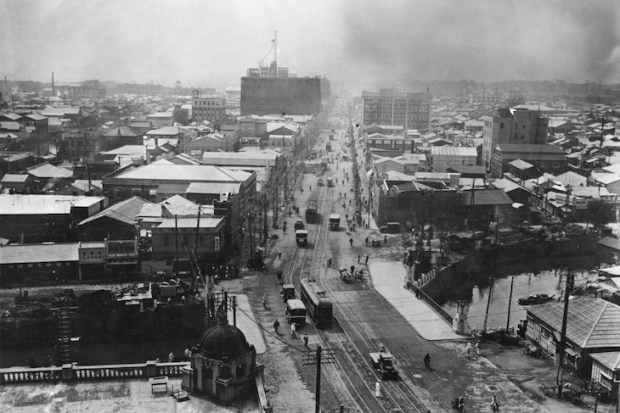
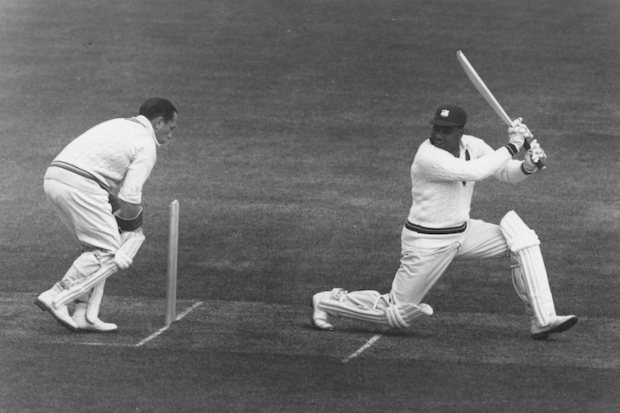







Comments
Don't miss out
Join the conversation with other Spectator Australia readers. Subscribe to leave a comment.
SUBSCRIBEAlready a subscriber? Log in